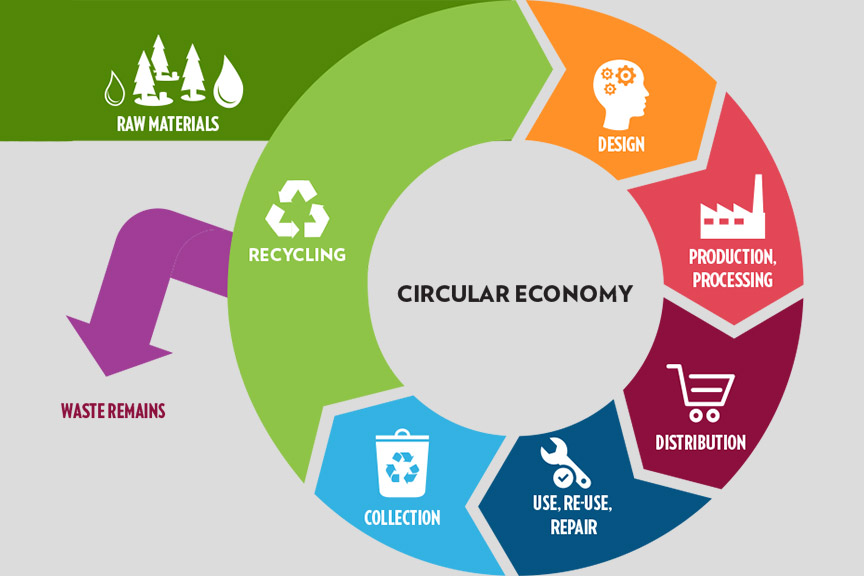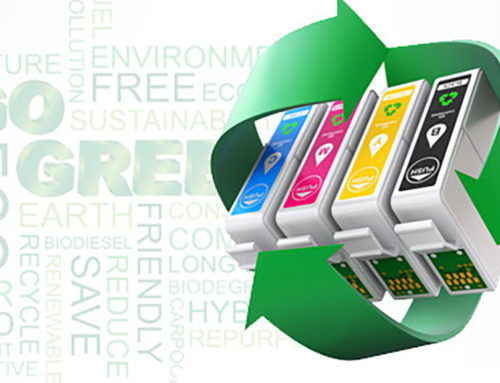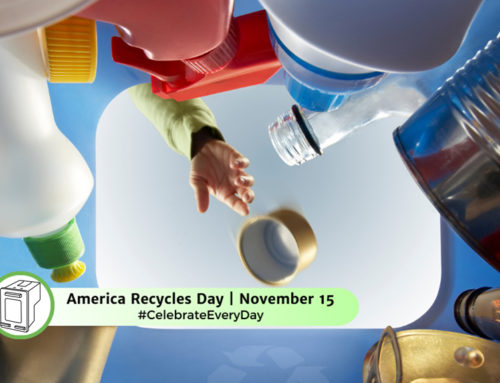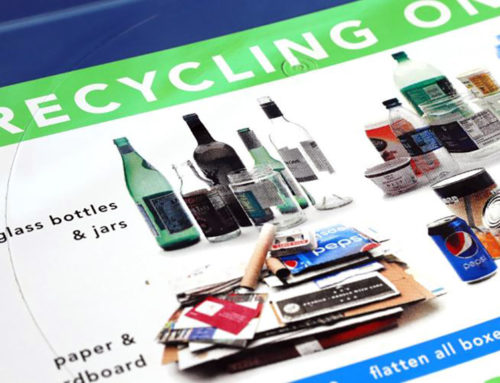The year 2023 presented significant challenges for sustainability and a circular economy, with an economic downturn influencing spending habits and placing greater importance on sustainable practices. As the world grappled with the hottest year on record, concerns about environmental impact fueled personal changes, infrastructure investments, and a surge in sustainable product claims. Now, as we stand on the cusp of 2024, the United States faces critical decisions that could either lead the way to a new economy or perilously revert to fossil fuels.
Rise of the Circular Economy:
In 2023, the concept of a circular economy gained traction, capturing the imaginations of many. The circular economy, centered on the reuse of materials, offers a comprehensive approach to reshape humanity’s relationship with both possessions and nature. Projections from Statista suggest the circular economy will double in size by 2026, reaching $712 billion annually, providing new avenues for low-impact living.
This shift towards circular economies aims to extend the lifespan of materials, ultimately reducing the need for extraction. However, this transition also involves a move towards 100% renewable energy, creating a more service-oriented economy that integrates reuse and recycling services into products, embraces regenerative agriculture, and strives for equitable opportunities for all.
Recycling Challenges and Opportunities:
As we review the recycling landscape of 2023, the U.S. recycling rates remained persistently low, ranking 105th globally according to Yale University’s Environmental Performance Index. Despite this, promising signs include private investments and the Environmental Protection Agency’s ambitious National Recycling Goal of achieving 50% by 2030.
Yet, the lack of dialogue between companies and consumers has created an environment of distrust. Researchscape International’s report indicates that younger generations are skeptical, with only 44% of Gen Z expressing regular recycling habits. A focus on recycling as the sole solution has proven counterproductive, highlighting the need for a holistic approach that includes reducing purchases, reusing, repairing, and reselling products.
The Extended Producer Responsibility (EPR) legislation saw progress in 2023, with 14 states considering laws to hold plastic manufacturers accountable. However, only Illinois and Maryland passed watered-down versions, indicating the challenges in creating comprehensive regulations.
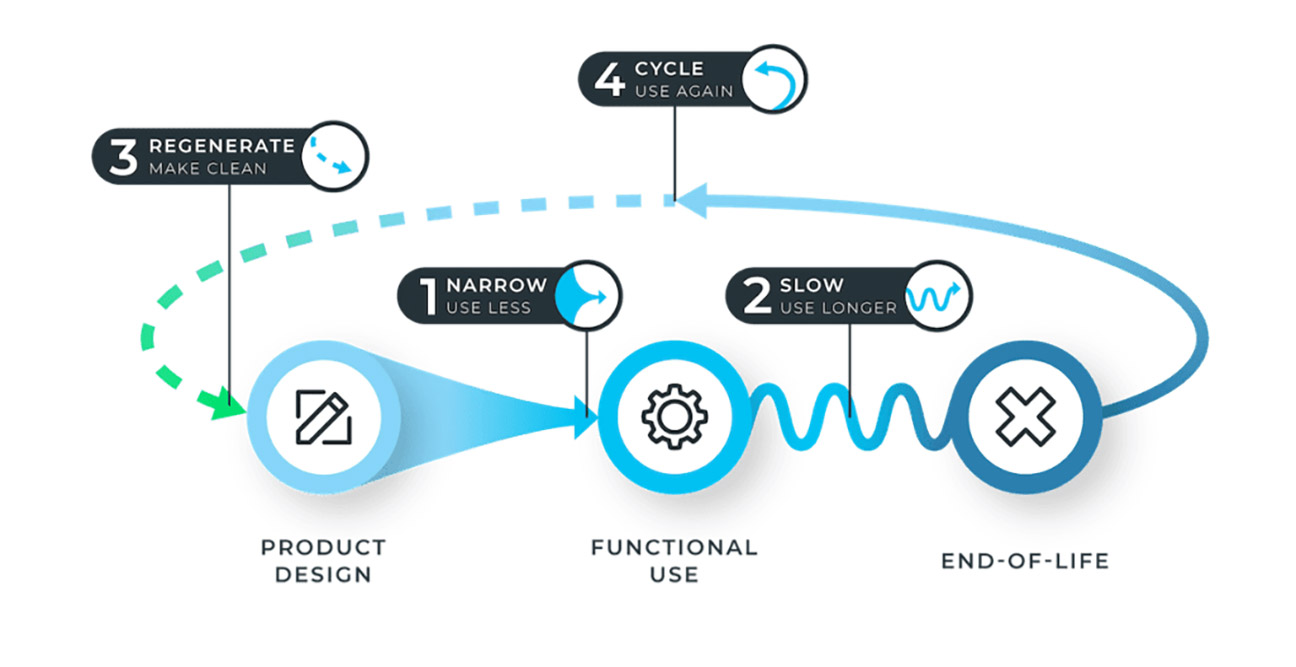
Transition Progress & Pushback:
In the automotive industry, electric vehicle (EV) sales reached a critical point, accounting for 18% of all global vehicle sales. However, an economic downturn hampered spending on sustainable products, making it clear that, for most, sustainability remains a secondary consideration following price and convenience.
Renewable energy investments soared to $1.8 trillion, and 107GW of new capacity came online. Yet, wind projects faced challenges, and the global installed renewable energy generation of 440GW may not be sufficient to meet the ambitious climate goals.
At the COP28 climate meeting, oil-producing nations attempted to undermine efforts to set specific goals for ending fossil fuel-based energy. Despite some loopholes, the final statement acknowledged the urgent need for deep, rapid, and sustained reductions in greenhouse gas emissions.
The Path Ahead:
While COP28’s historic statement marks a potential shift away from fossil fuels, challenges and loopholes persist. The responsibility now falls on individuals, local governments, and companies to drive change. Efforts to finance improved environmental oversight and recycling infrastructure require urgent attention, as companies must go beyond promises to concrete actions.
Individual citizens hold the power to reduce spending on harmful products, minimize waste, and advocate for improved recycling and reuse infrastructure. Grassroots initiatives, local activism, and personal choices can collectively lead to significant environmental impact reduction.
As we navigate 2024, the collective action of individuals remains crucial. By setting an example through sustainable actions, advocating for change, and making informed choices, we can contribute to the acceleration of the transition towards a more sustainable and circular economy.

